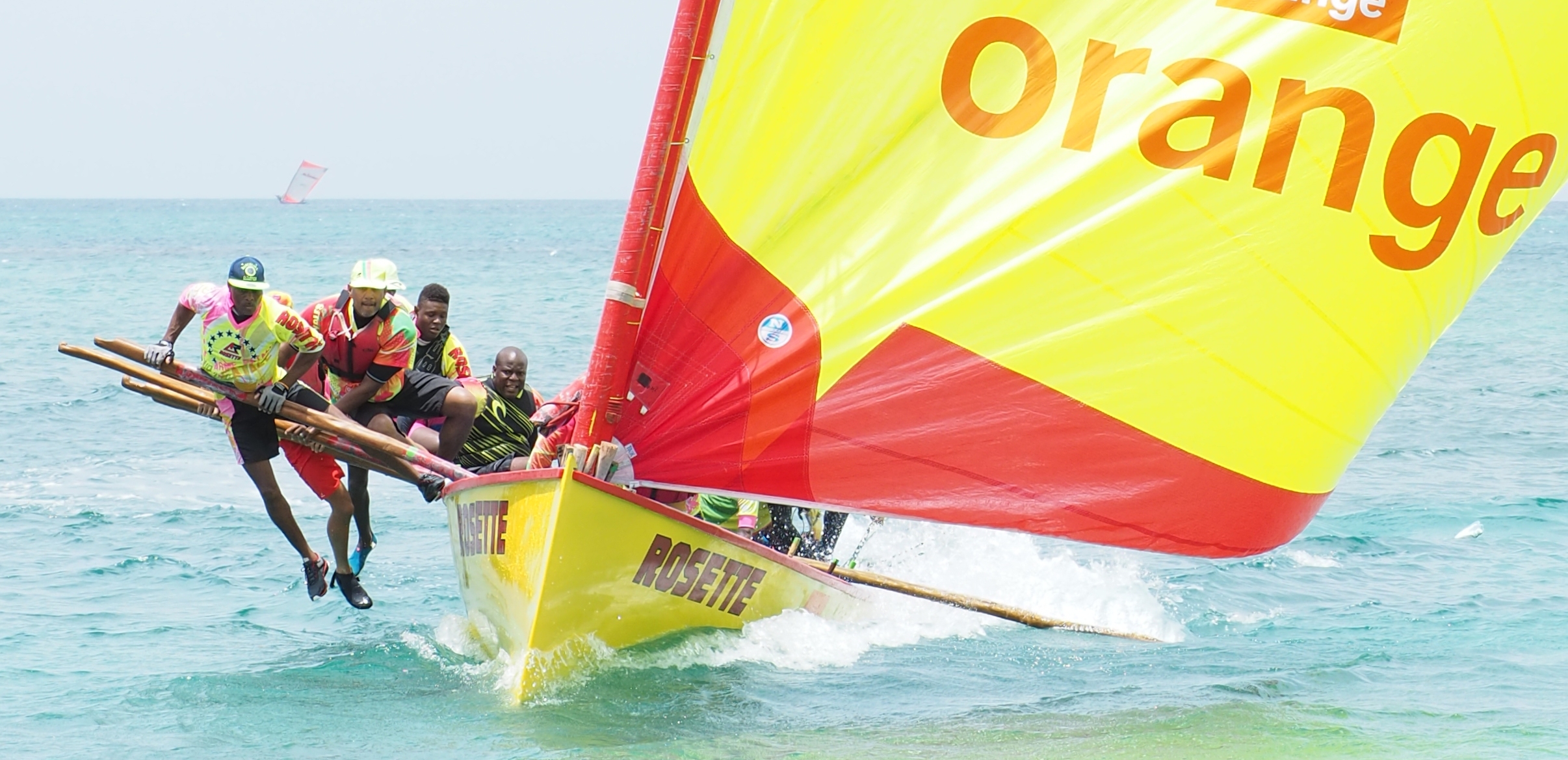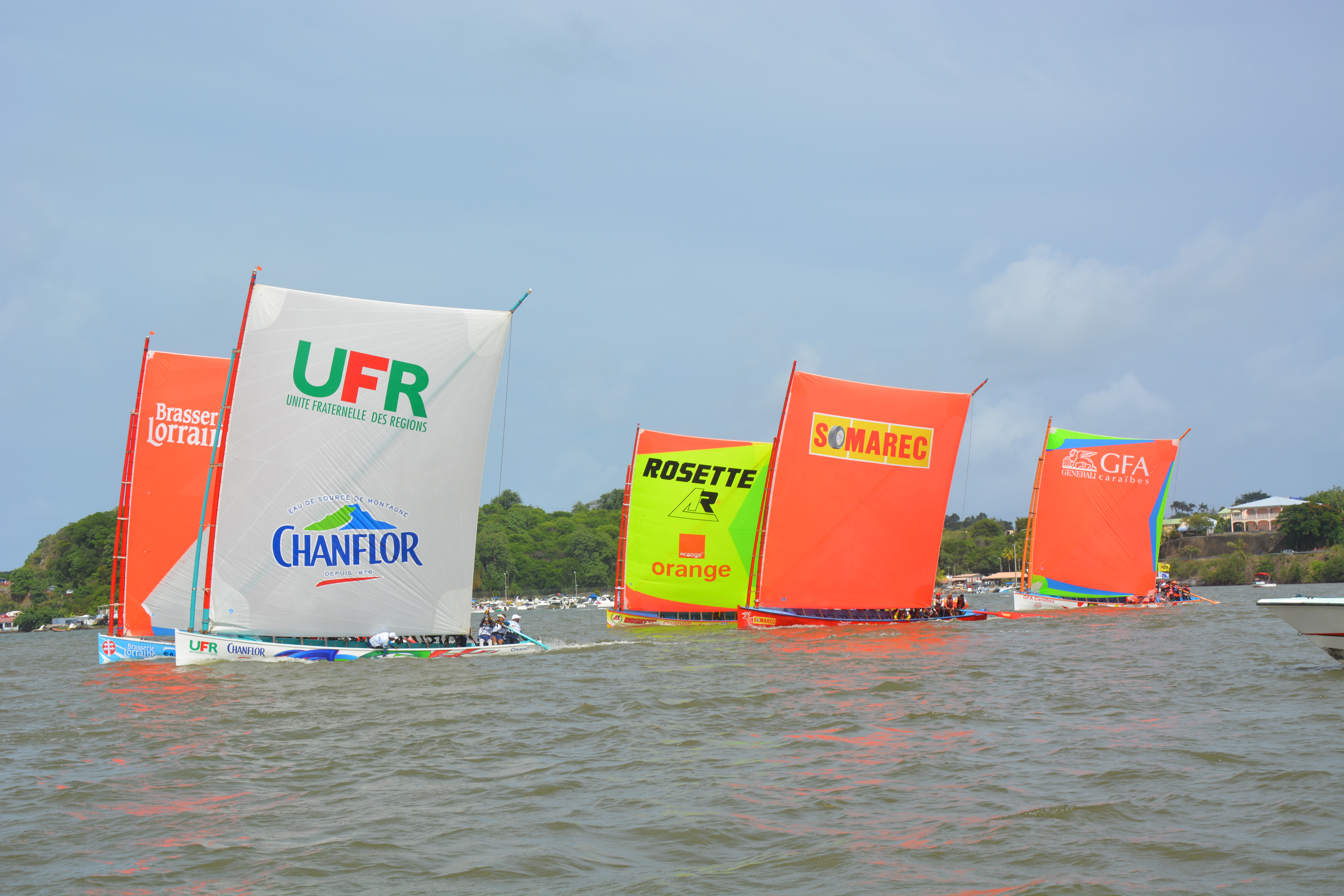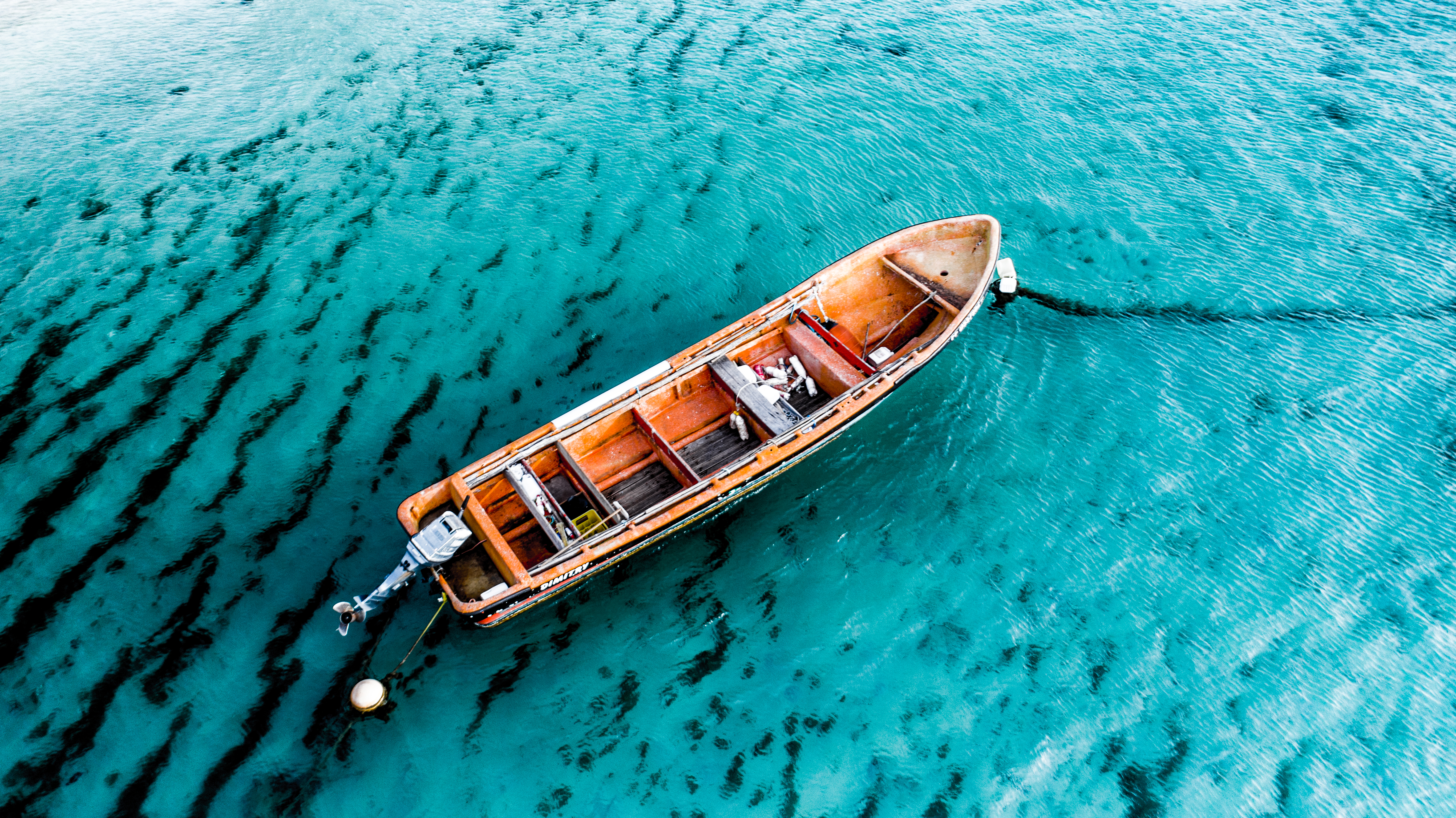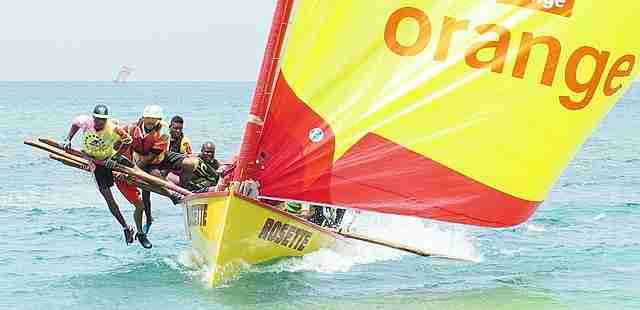The Martinique yole
The round “yole”, used exclusively on the Martinique Island, a French overseas territory, is a specific boat made of massive wood. Mostly present in cities of the Atlantic Coast, the yole is a light and quick vessel with one or two sails. Sailors who ride them need to be flexible, strong and coordinated since they sit outside of the hull, on long poles. There can be multiple sailors in a yole, depending on the needs of the captain and on the wind strength.

A little history of a unique boat, the Martinique yole
Three centuries ago, Martinique’s islanders invented the yole to go further away in the Caribbean sea. At the time, the yole used to be a way for fishermen to carry their products and equipment. Indeed, islanders – and particularly the ones on the “under the wind” coast – relied on fishing to survive. During the colonial area, the yole craft changed because colons required stronger boats that could load and unload their ships. Since then, the same traditional construction plans remained, aside from the installation of motors in the 1950’s. At the end of the 19th Century, Martiniquais (Martinique’s inhabitants) began to organize friendly yole races between fishermen on their way back home, which later became so huge that island-wide events appeared.

The Martinique Tour and current protection
The Martinique Tour is one of them, and by far the biggest. In the 1980’s, yole competition became so popular that it exported to other islands with different boats. And tourists came to Martinique to watch the competition. Now, every summer, the Tour is one of the most important event of the island. With an audience of more than 25,000 people who comes to enjoy the race.
Passing on construction and navigation skills throughout the years
If both construction and navigation skills were passed on through centuries, the method differed. On one hand, the island’s carpenters transmit yole-building knowledge to their sons, nephews or male cousins (and later girls), just by showing the techniques and gestures. No plans or written instructions exist and everything is made from memory. Which makes the craft impossible to steal and reproduce elsewhere.

Navigation, on the other side, isn’t family-related. At first, older sailors would teach younger ones orally and on the spot, allowing new members to enter the community. Nowadays, experienced teachers run “yole schools” all over the island.
A tradition Martinique’s islanders are proud of
In Martinique, the yole went from an important tool for fishermen to a cultural element of the island. Because of its uniqueness in the world, the yole is part of Martinique’s identity and history. And locals also take pride in their ancestral building and sailing skills. Thanks to these strong feelings, a protection movement started a few years ago to face the slow disappearing of traditional boats, and of the yole. The movement includes the UNESCO Register of Good Safeguarding Practices, in 2020. But also a further development of the Martinique Tour. With sponsors and organizations that help to promote and extend the event.
Resume
The Martinique yole’s story has a strong link to local communities and their sailing history. Created in the 18th Century, this little boat evolved throughout the years with add-ups from different Martinique’s communities, Europeans colons and growing needs from locals. These mash-ups contributed to the development of a world-unique boat but also to its sailing techniques.
Originally built for fishing or transporting people and goods, the yole is now used for highly popular competitions that contribute to the tradition’s promotion. The skills related to yoles, transmitted through families and older sailors, remain a secret for everyone who isn’t from Martinique. UNESCO, in 2020, considered the effort to preserve this tradition a Good Safeguarding Practice.
